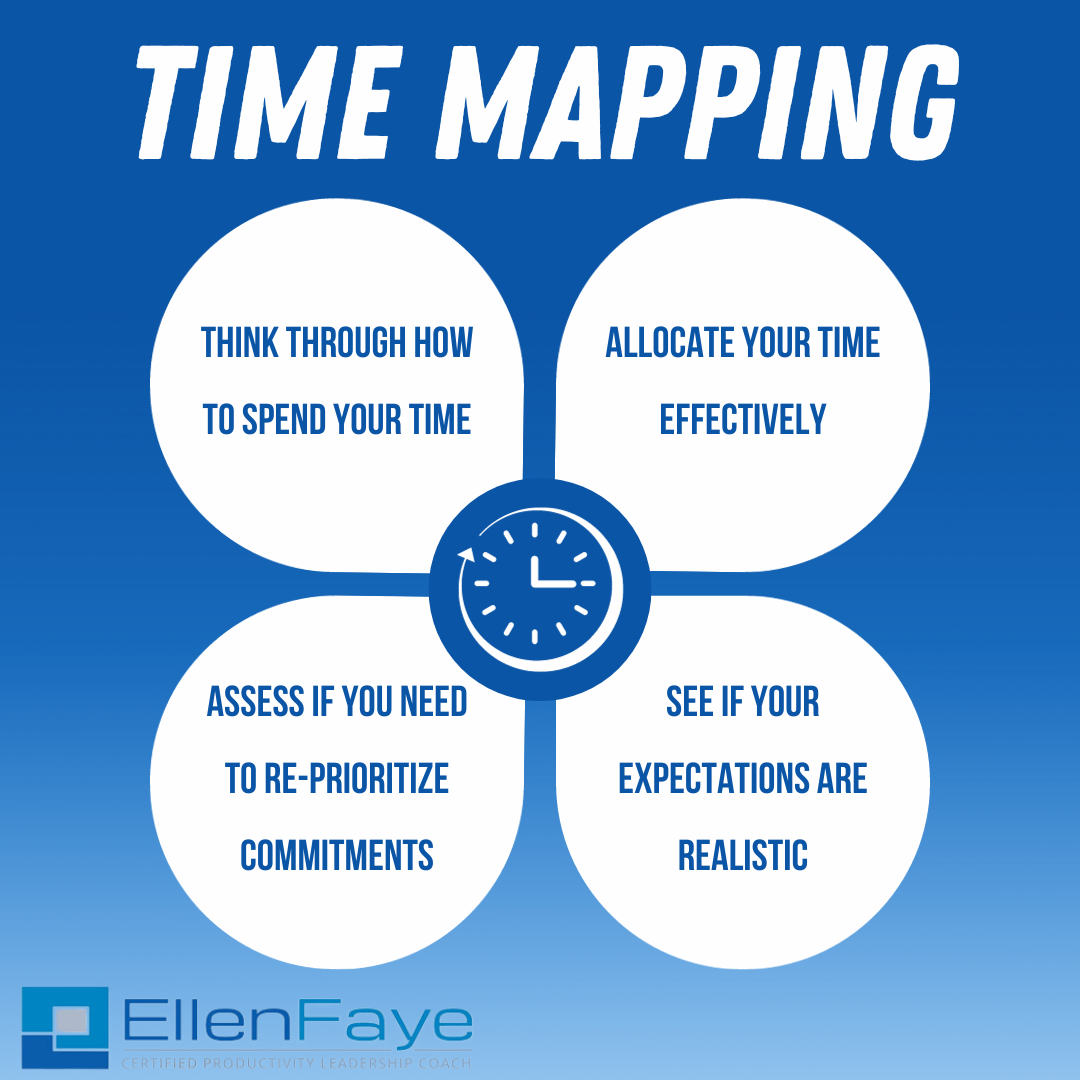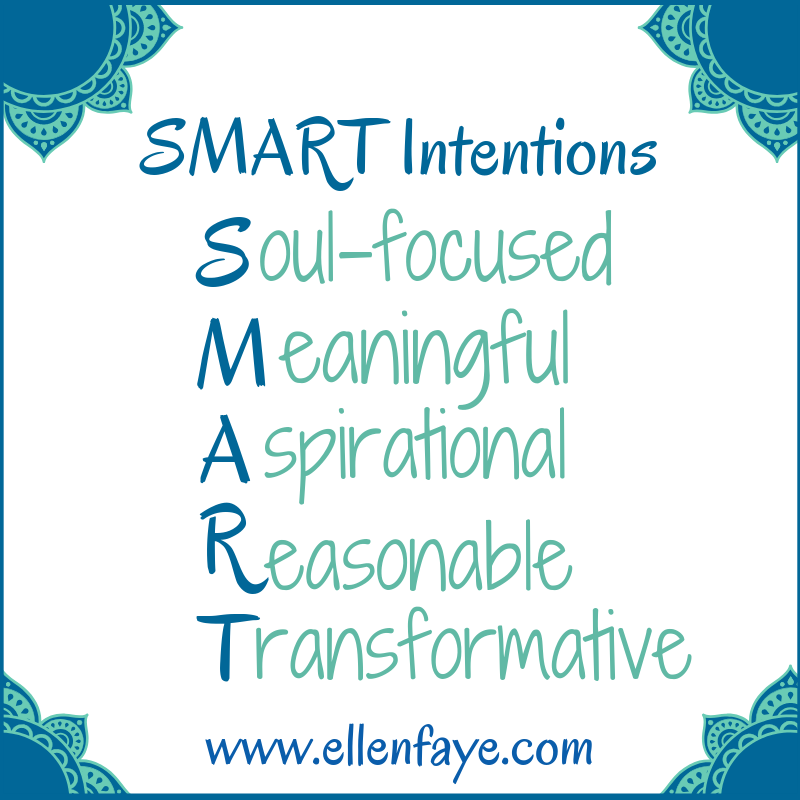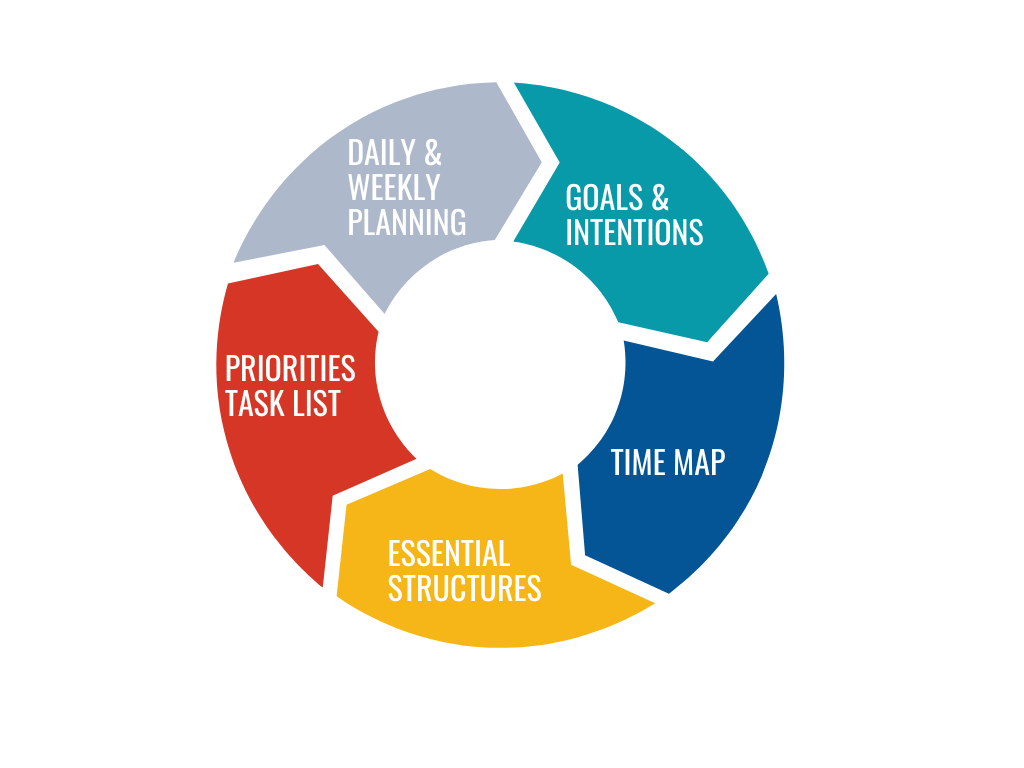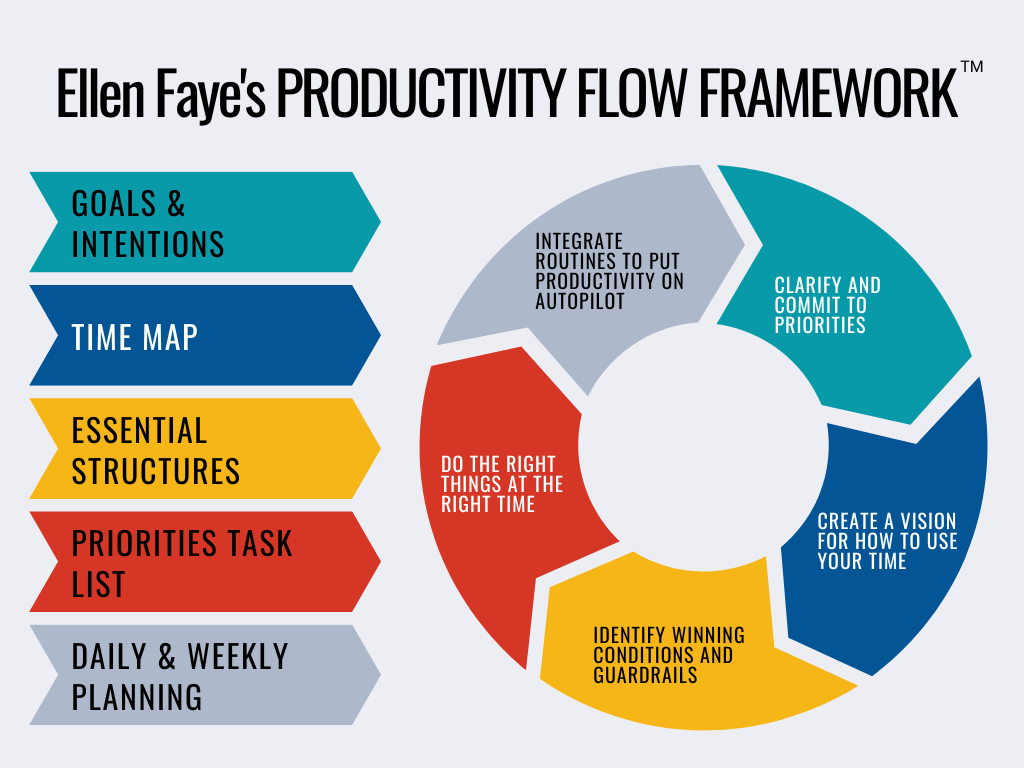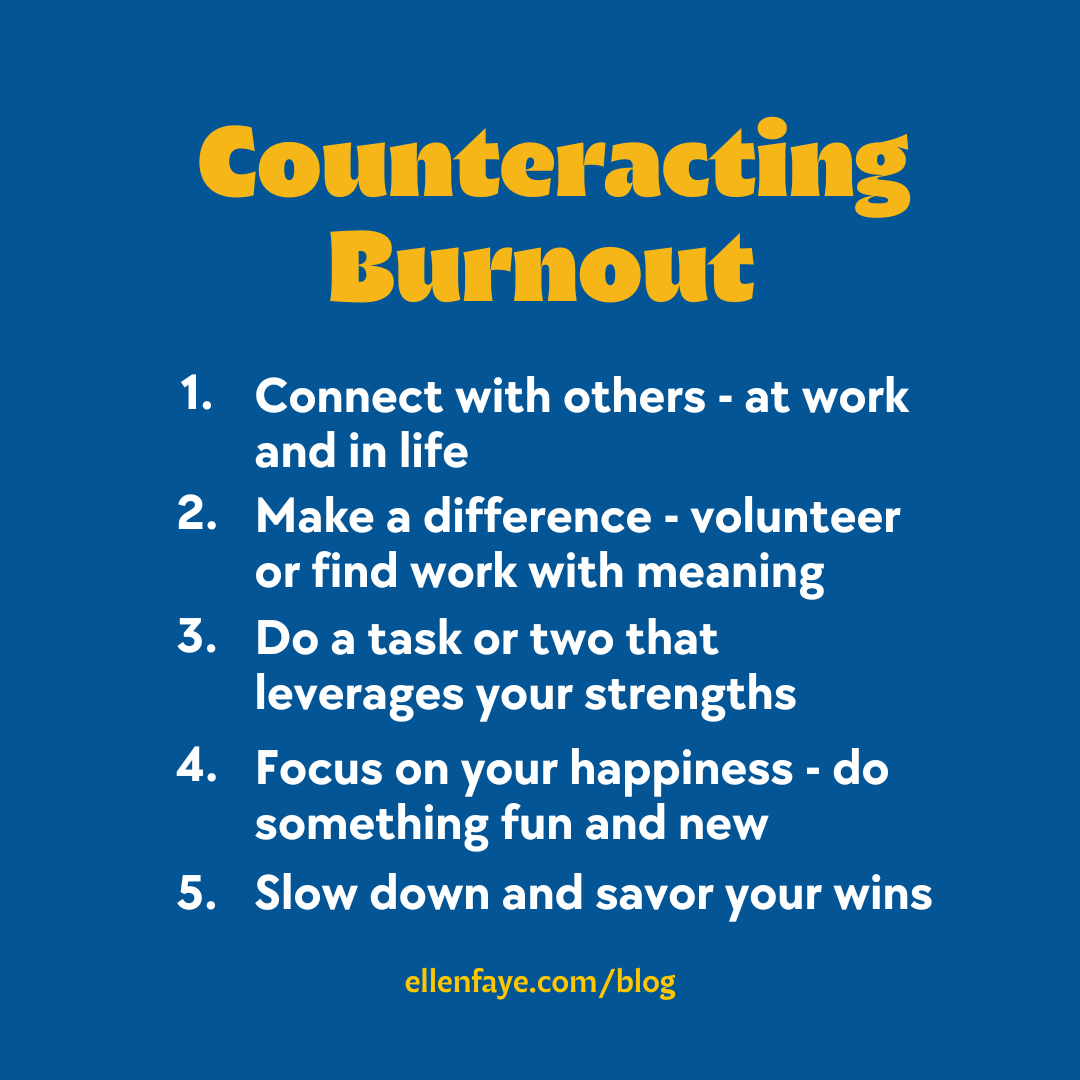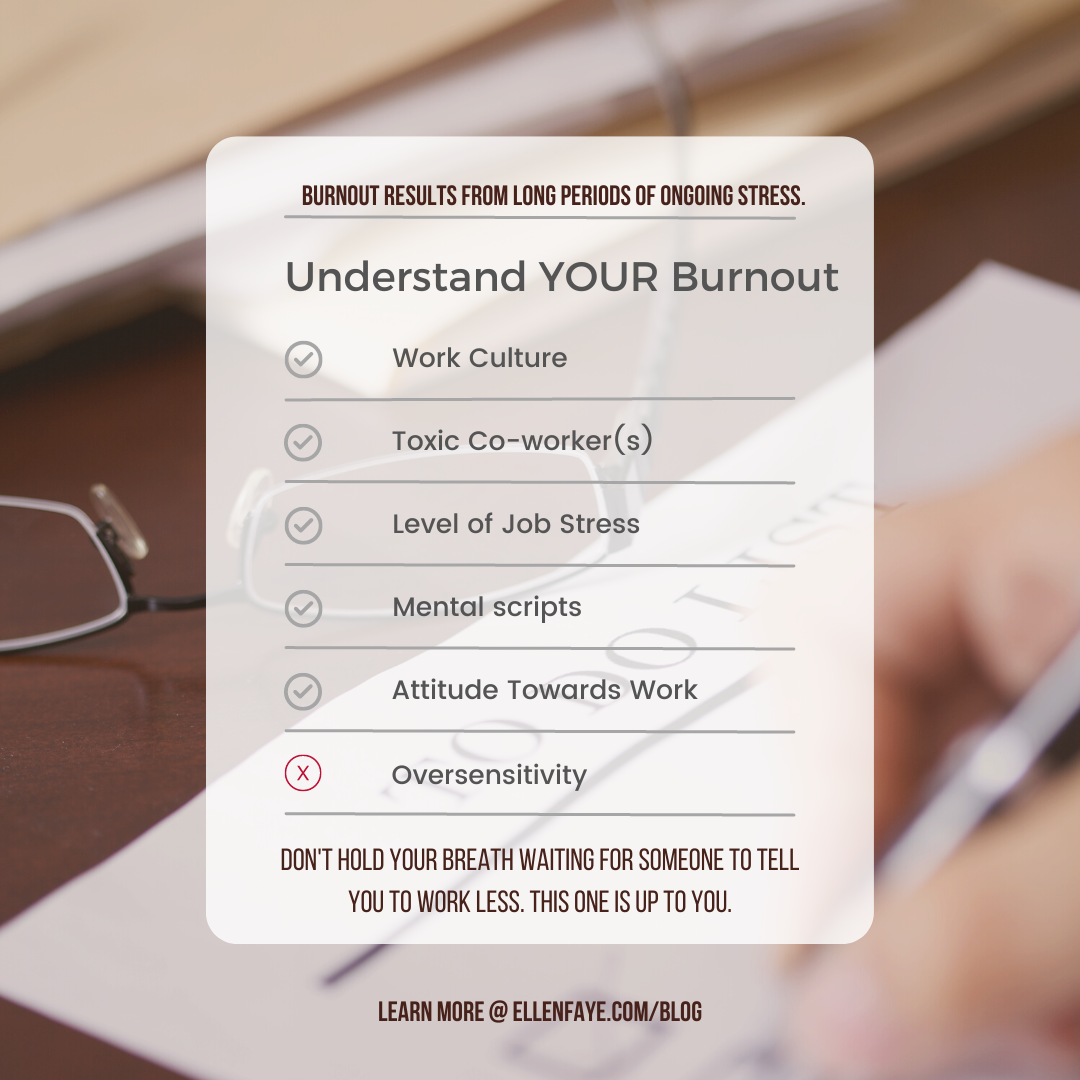24 Oct Empower Yourself With Time Mapping
My last blog post we discussed the importance of setting your goals and intentions. This week we move on to Step 2 of the Productivity Flow Framework: Time Mapping.
A time map helps you create a vision of how you want to spend your time. You can think of this as a vision board where you are creating a picture of something you aspire to, or as a budget for your time. This is useful for several reasons:
- It forces you to think through how you are going to fit in time for the various priorities you’ve identified in your goal and intention setting exercise.
- It helps you allocate your time most effectively — both at work and at home.
- It shows you if you need to re-prioritize commitments.
- It helps you see if your expectations are realistic and feasible.
When you create your time map you’ll want to consider any or all of the following:
Morning Routine: Do you need time for the kids or pets, exercise, meditation, showering, getting ready, and eating breakfast? Or should you sleep as long as possible and only do the essentials to get to work on time?
Work Time:
- Starting Time — How long is the commute? Do you read the news, peruse social media, check email? How much time do you want to spend on these tasks? Factor in these variables to determine your realistic start time.
- Work Transitions — Are you magically going from one meeting to the next? Even in the era of Zoom, it does take a couple of minutes to make it to the next call. Oh, and you wanted to recap notes in between? And take a bio break. And grab a glass of water. Planning transition time is important.
- Focus Work — When can you do your flow, creative, and cognitively taxing work? Can you block out interruptions and do it during the day, or is this better left to an early morning, late afternoon, evening, or weekend block of time? If you block two hours for focus time, does that include checking email, clearing your desk, getting a snack, or anything else you need to do to be able to attend to the work itself? Would it be helpful to build in ramp-up time?
- Ending Time — When is your work hard stop? Being intentional about when to stop working supports you in developing realistic guardrails.
Exercise: Do you like to exercise before, during, or after work? Do you need to plan in time for getting to the gym? Shower time? How often do you want to work out? How long are the work outs?
Self-Care: Do you want to have time to take care of yourself? Pleasure reading? Pedicures and massage? Yoga? Meditation? Alone time?
Friends and Family: Do you want time to go out with your friends or partner? How much time do you want to spend with your parents, kids, and family? What else do you want to add in?
Other areas from your Goals and Intentions: Do you need time for a second business? Extra learning? Professional development? Personal projects?
This is your opportunity to think through how you want to use the time you have. About how long transitions REALLY take. About how much sleep you REALLY need, how much exercise you REALLY want to get, and even about when you will take time to appropriately fuel your body with food.
Start thinking about what matters to you. Use a template from the book or design your own. What’s most important is that you take a bit of time to identify just how much time you have to “spend.” Time mapping empowers you to depict how you REALLY want to live. It is your opportunity to create a vision for what your ideal week will look like and your first step to living it.
This is an excerpt from Chapter 8 of my new book Productivity for How You’re Wired available on Amazon. Worksheets and online templates are included via the time tools link discussed in the book.



